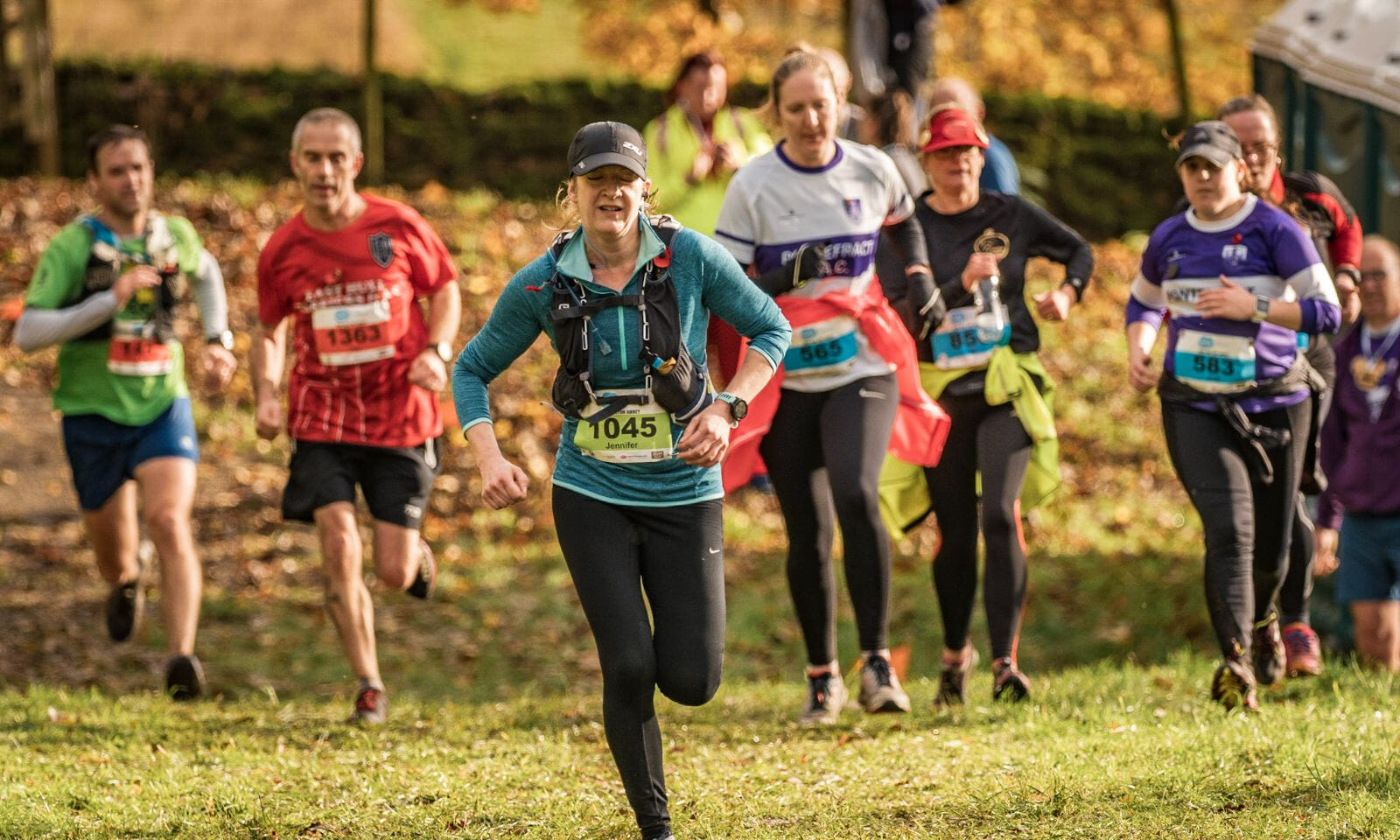Fell runs in the UK
Fell running involves running up hills or mountains and sometimes involves an element of navigation. Fell funs are closely associated with northern England, especially around the Lake District. Select your location for fell runs in your area or scroll down to see events coming up.
Filter by date
This week
This weekend
Next week
Next weekend
Dec
Jan
Feb
Mar
Apr
May
Jul
Aug
Sep
Oct
Winter
Spring
Summer
Autumn
Filter by place
Fell runs in 2025/2026
Featured events are listed below - select a month/region or the map view to see all events.
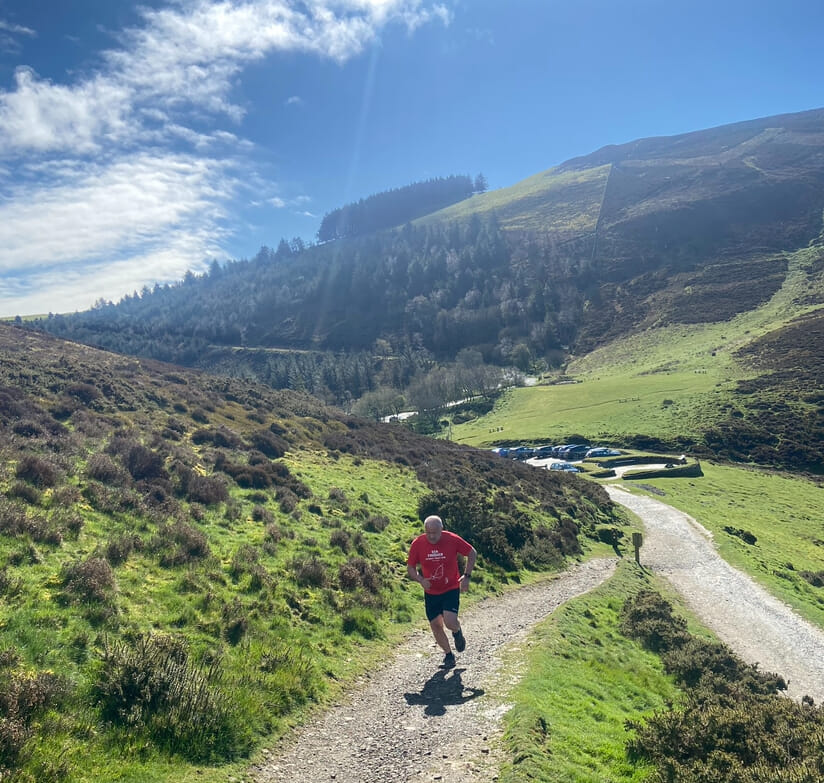
- Sat 20 Dec
- £19
Moel Famau Festive 'Piece of String' Race
A great chance to stretch your legs with this event on the last Saturday before Christmas, with a Canicross race going off before the main pack.
- 12 km trail running
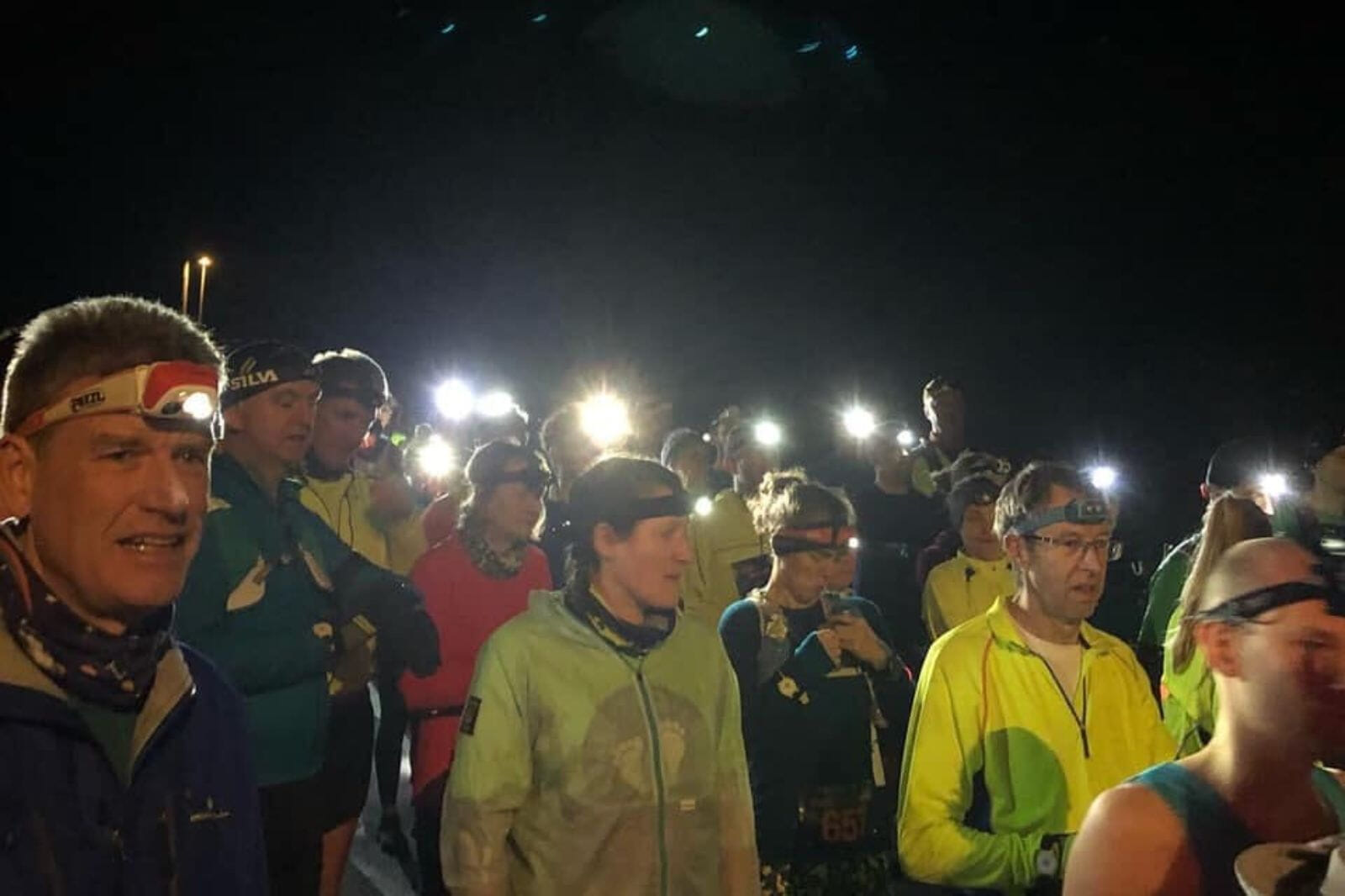
- Sat 14 Feb 2026
- £23-£28
Wild & Mild Night Run
This is a toughish race on Dartmoor but it's a big old moon so visibility will be good and the weather looks mild. Grab your head torch and let's get wild.
- Trail run 2

- Sat 21 Mar 2026
- £14
We Need To Talk About Chevin & Chevin is BS
To put simply, this is the worst possible scenario when touring the Chevin. We're talking a climb right out of the blocks to Surprise View, then down, up, down, up, up, up, then fly back.
- Fell run 2
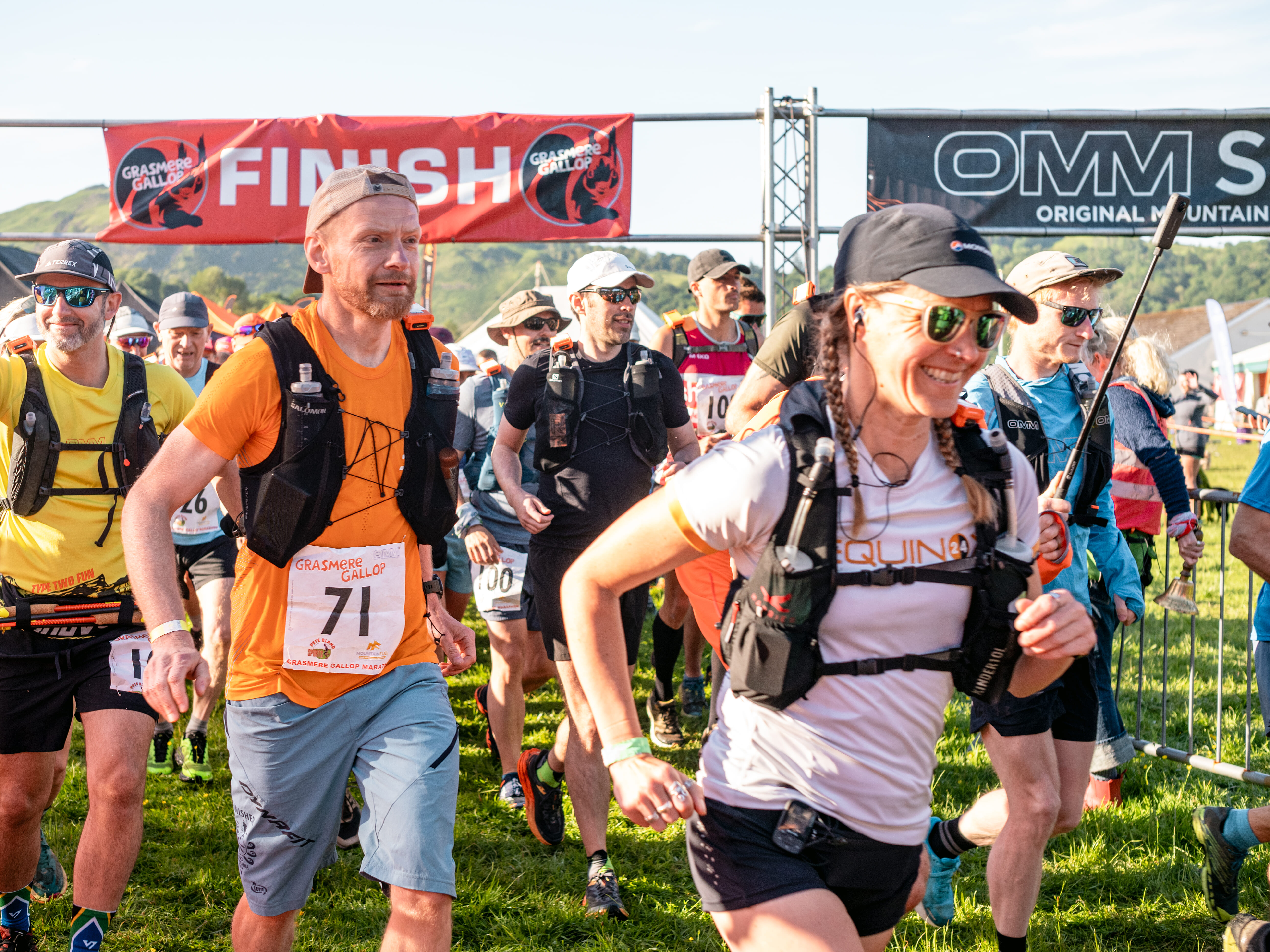
- Sun 31 May 2026
- £55
Lake District Running Festival | Grasmere Gallop 42km Trail Run
A 42K trail run as part of the Lake District Running Festival in an iconic location with a grandstand finish, wooden medal, free event photos and, more importantly, cake...
- 42 km trail running + 1905 m ascent
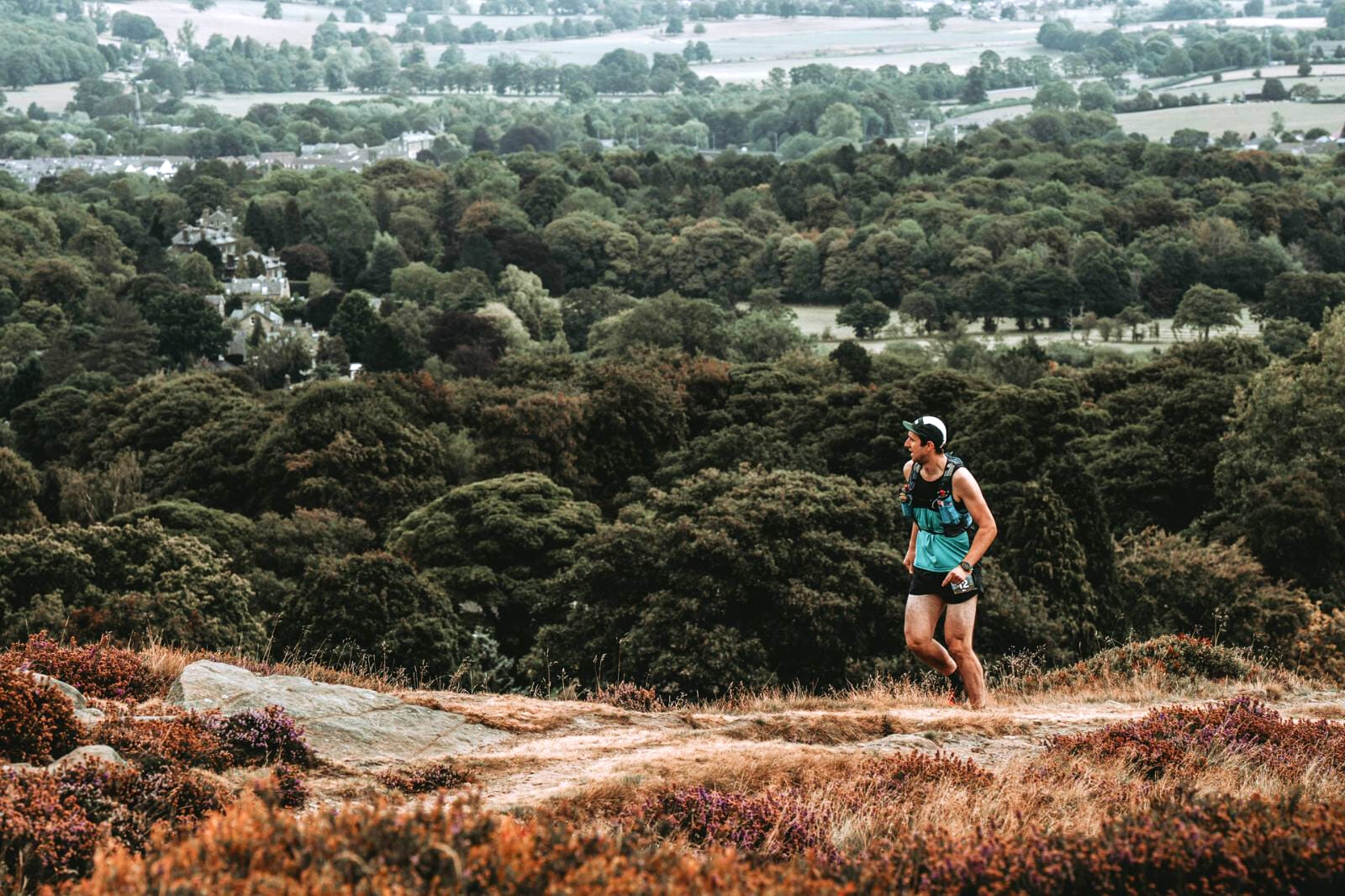
- Sat 15 Aug 2026
- £17-£22
Ilkley Skyline
A classic fell run that encompasses at least eight moors surrounding Ilkley, based on the Ilkley Skyline route conceived by North Leeds Fell Runner, Mike Ayers.
- Fell run 2

- Sat 3 Oct 2026
- £21.50
Town to Tower 10K | Ruthin to Moel Famau Uphill Race
Ruthin has recently been recognised as one of the best places to live in the UK. This is a cracking 10K route which takes you to the top of Moel Famau, the highest point of the Clwydian Hills.
- 10 km fell running + 550 m ascent
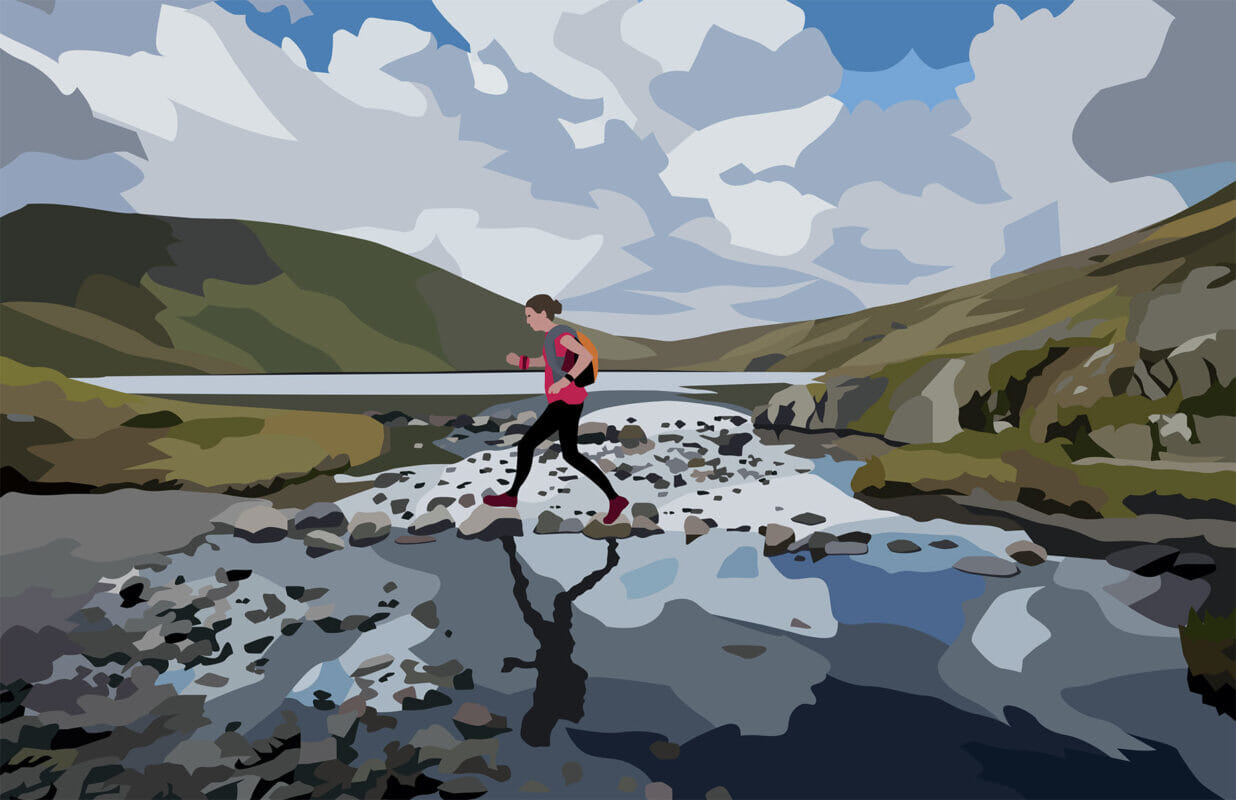
- Sat 10 Oct 2026
- £70-£160
Lakes in a Day
On foot from the top of the Lake District to the bottom via the stunning Helvellyn Ridge and the western shoreline of Lake Windermere. Not easy but certainly spectacular, plus a new shorter option.
- Mountain marathon
- Trail run
- Sat 20 Dec
- £70
Tour De Helvellyn
Now well over a decade old, the TdeH has fast become a classic winter ultra run.
- 38 miles fell running + 2000 m ascent
- Fri 9 Jan 2026
- £12-£14
Limestone Series - Race 3 – Moonriver
An exciting night-time fell race in the Dovedale valley, featuring open fields, a rocky riverside trail, a woodland climb and undulating footpaths. (9.5km/345m)
- 9.5 km fell running + 345 m ascent
- Sun 1 Feb 2026
- £20-£22
Limestone Series - Race 4 – Dovedale Big Daddy
Put your lungs and legs to the test in this category AL fell race featuring 9 steep climbs and descents around the Manifold and Dovedale valleys. (20.4km/1370m)
- 20.4 km fell running + 1370 m ascent
- Sat 4 Apr 2026
- £20-£25
Manx Mountain Marathon and Half Marathon
The full Manx Mountain Marathon route is a point to point fell race from Ramsey in the North of the Isle of Man to Port Erin in the South The half marathon follows the second part of the same route.
- Half marathon
- Marathon
- Sun 12 Apr 2026
- £79.99
Ogwen | Yr Helgi Du | 40K
A breathtaking 40K mountain challenge through Snowdonia’s rugged heart — climb steep ridges, conquer iconic peaks and soak up awe-inspiring views across lakes, valleys and the dramatic Ogwen range.
- 40 km trail running + 7841 ft ascent
- Sat 2 - Mon 4 May 2026
- £250-£300
SCARPA Great Lakeland 3Day
Enjoy three days of glorious Lake District fell routes, a truly chilled-out weekend and all logistics taken care of as you hike, run, camp and socialise.
- 3 days fell running
- Fri 15 May 2026
- £47.50-£52.50
Keswick Mountain Festival | Skiddaw Mountain Run
Aim for the skies on this exciting race to the summit of Skiddaw, the 6th tallest mountain in England, and back again on a tough hill climb. Includes Full Weekend Festival Ticket in the price!
- 20 km fell running + 1070 m ascent
- Sun 12 Jul 2026
- £44.99-£49.99
Snowdonia Trail Half Marathon Eryri
Wales' spectacular mountain half marathon! A tough route with over 1,192m of ascent, most of which is up Wales’ highest peak, with incredible views all the way to Anglesey and a downhill finish too.
- 12.9 miles trail running + 3959 ft ascent
- Thu 10 - Sun 13 Sep 2026
- £200-£1,200
Run2Paris
A team of 5. A half marathon every day for 4 days. You have just Run2Paris! This is your next great running adventure where you'll camp under the stars on a road trip like no other.
- 4 days multi terrain running
- Sat 12 - Sun 13 Sep 2026
- £8-£10
The Isle of Wight Fell Series
Isle Of Wight Fell Running Championship Series: Run under FRA Rules and is organised in association with Ventnor Fell Running Association.
- Fell run 3
- Sun 13 Sep 2026
- £12-£26.50
33rd Yorkshireman Off Road Marathon & Half Marathon
The Full Marathon is 26.2 miles with 3065 feet of ascent.
- Half marathon
- Marathon
Fell runs near you
Select your location for fell runs in your area.
